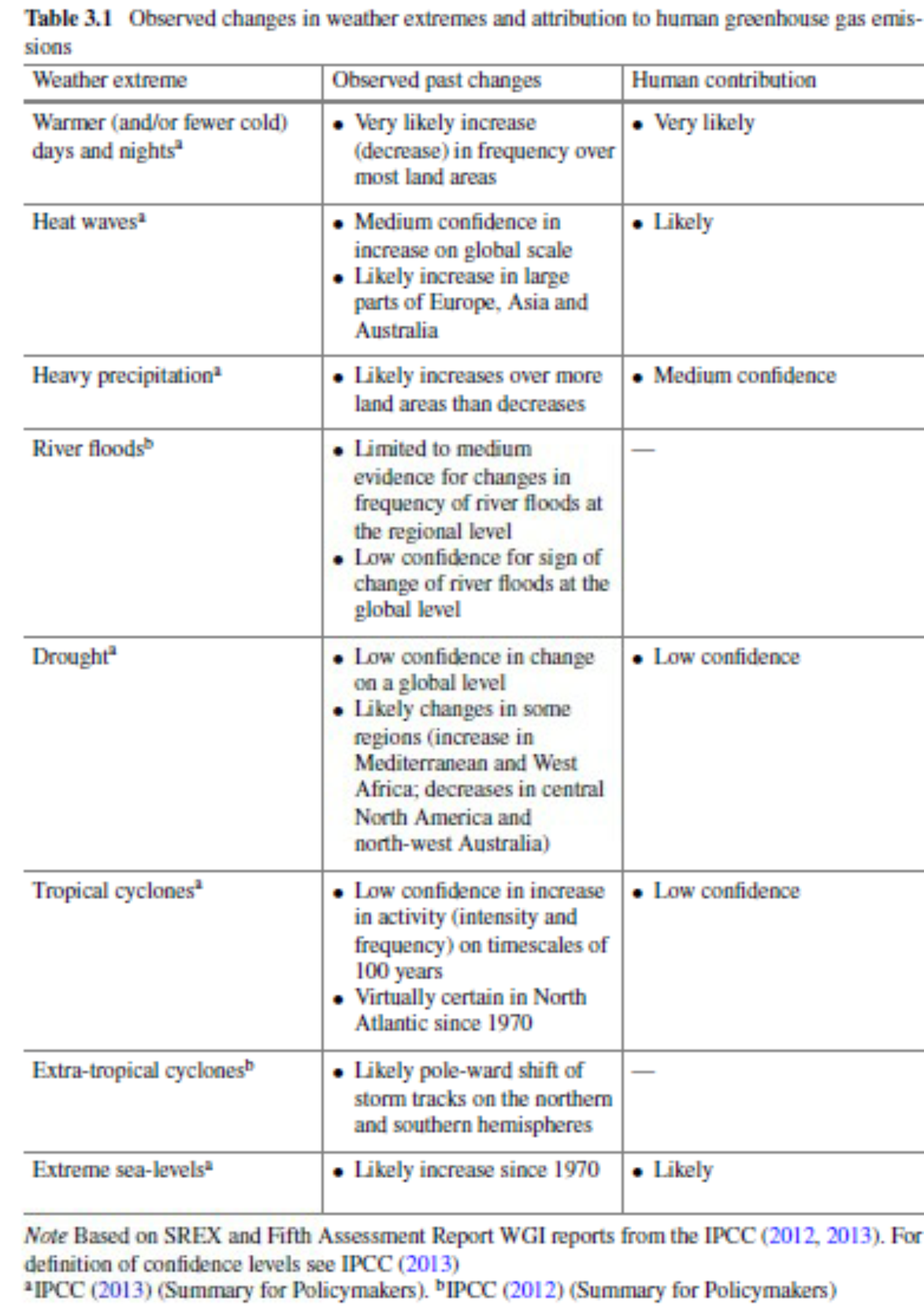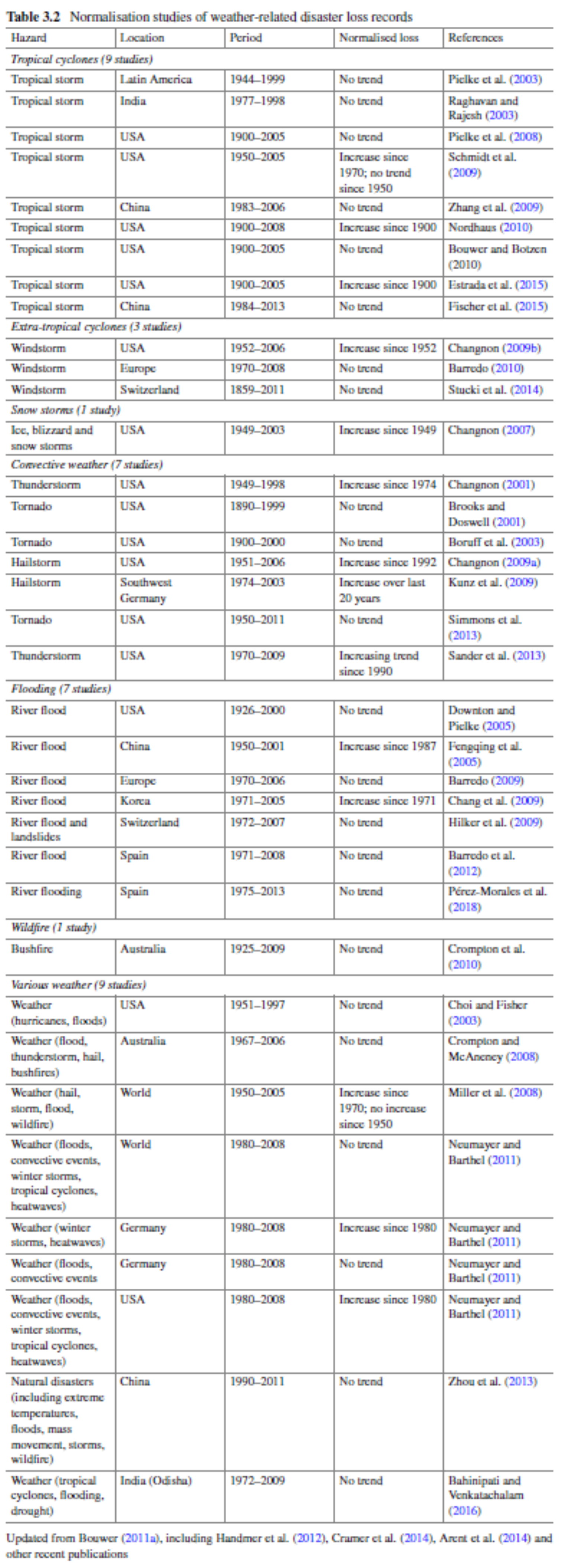It's nearly that time of year again when report after report will be issued summarizing the insured losses and economic impact that we saw in 2018. In fact, just last week Munich Re released its annual Natural Catastrophe Review showing that 2018 saw substantial disasters with large costs. However, global insured losses from natural catastrophes were at $80 billion USD according to Munich Re, which, depending on context, may not be as bad as it sounds. According to AIR Worldwide, the global insured average annual loss is about $86 billion USD and the 1% aggregate exceedance probability insured loss (or the 100-year return period loss) from catastrophes worldwide is nearly $271 billion. The 2018 named storm season will be seen as statistically unusual though. Named tropical cyclone activity levels across the world’s different ocean basins were all above the long-term average counts, including a higher number of typhoons that hit Japan and two direct major impacts to the U.S. mainland. There was also the often overlooked but major impact of Super Typhoon Yutu on the U.S. Territory of Saipan. The destruction resulting from the 2017 and 2018 named storm seasons, along with so many other catastrophic events often seen in the media, are raising questions on how trends in extremes are changing and impacting losses.
Well, another paper, yet again, has been published on this very topic. With so many questions about the overall weather/climate variable and hurricane impacts in today’s warmer world, there is one thing that is not changing - the communities sitting in the path of the wind and water are not getting any smaller. That is likely the main reason why storms are more destructive today than before.
This new paper released in Nature Sustainability in late November, 2018 has many of the names that are familiar in this line of research, such as Chris Landsea, Ryan Crompton, Philip Klotzbach, Roger Pielke Jr. and up-and-coming researcher, Jessica Weinkle, who is the lead author in this newly updated normalized hurricane damage paper (Weinkle et al., 2018).
Similar to what other papers have expressed in the past, it is clear that a shift toward vulnerable regions, but not necessarily an increase in storm frequency or severity, is what is causing the rapid increase in apparent destructiveness. The key word here is “apparent.” When one normalizes losses, rather than simply doing a basic inflation adjustment, the trends are different. A true normalization study adjusts for societal changes such as increases in housing or population over time. In fact, in the latest study by Weinkle et al., 2018, an apparent trend in destructiveness is nonexistent. Normalization studies like this one should not be used to determine trends in weather and/or climate. To get a better understanding of whether hurricanes are getting any worse, it might be best to understand the official stance of the NOAA from its overview of global warming and hurricanes:
“It is likely that greenhouse warming will cause hurricanes in the coming century to be more intense globally and have higher rainfall rates than present-day hurricanes.”
However, these expected increases in more intense storms and rainfall have been limited in studies that try to address the future frequency increase in intense hurricanes due to natural variability, which includes the Atlantic Multidecadal Oscillation, the dominant cause of the warming trend in the Atlantic since the 1970s. Storm surge is also likely to become worse as sea levels rise, but, again, it is difficult to find studies that account for this without factoring in other geological changes to storm surge impacted areas. An example of this would be the removal of wetland areas and other natural shoreline changes. Although data suggests that there is a small rise in the number of high-category storms, this is probably due to how the observation of such storms has changed over time. In fact, NOAA’s summary says,
“there’s only low confidence that the increase in major hurricanes within the Atlantic basin is of statistical significance.”
The bottom line is that the link between hurricanes, ocean temperatures and a changing climate is complex. Clearly, if there are changes in climate and ocean temperatures, there is the possibility of changes to hurricane tracks and where they ultimately strike land, which is of greatest importance to the insurance industry.
Now that we have discussed hurricanes specifically, let's highlight another publication that was recently published: “Loss and Damage from Climate Change” (Mechler, R. et al., 2018).
In Chapter 3, Lauren Bouwer from the Climate Service Center Germany (GERICS), Hamburg, takes a look at the current understanding of how observed and projected extreme weather events impact loss and damage. Much of the publication references past work by the Intergovernmental Panel Climate Change (IPCC), as they are still the most trusted body in the aggregation of the latest research in this area. Within the publication, two tables best sum up the current knowledge around observed changes in weather extremes, damage/losses, and attribution that will occur in a warmer world caused by humans, shown in Tables 3.1 and 3.2 below.

One noticeable feature is that much of the research above generally ends around 1999 or the early 2000s, so there may be new questions as to whether recent events have influenced the trend.
In Bouwer’s review of the loss trends, he illustrated similar findings to Weinkle et al., 2018 – most studies that found increasing trends in loss from past extreme weather events determined that the most important drivers in the increasing exposure are socioeconomic factors and climate change. This would include both anthropogenic climate change, as well as natural climate variability that could play an additional role, but this role was not substantiated according to Mechler, R. et al., 2018.
Table 3.2 provides a comprehensive overview of scientific studies on types of extreme weather and the trends of normalized losses associated with them. As the IPCC has stated in the past, there could be some detected trends at regional or national levels, but the overall conclusion is that very few studies show upward trends in loss after normalizing for changes in socioeconomic factors.

One thing pointed out by Lauren Bouwer that is often overlooked is how vulnerability changes play an important role and can ultimately complicate the historical loss adjustments. As a general rule, as societies become wealthier, they are likely to start investing more in risk reduction and adaptation, thereby reducing impacts from weather-related hazards. This should result in reduced losses over time. However, the question is just how significant these changes in vulnerability are when compared to the very rapid increase in exposure. There are very few of these types of studies over time to pinpoint these impacts.
In summary, the book is still being written on just how a warmer climate influences hurricanes and other types of extreme weather events. We do know, however, that extreme weather events are much worse in terms of resulting damage to the coastal United States because of an increase in exposure. Maybe vulnerability changes are not keeping up with the exposure. Ultimately, one should not solely rely on loss data to determine a trend in weather/climate as it is extremely complex. However, all of the latest research suggests that we can’t blame nature solely for the increase in losses, as we also need to factor in human involvement – where we are building and, perhaps, how we are doing it.
